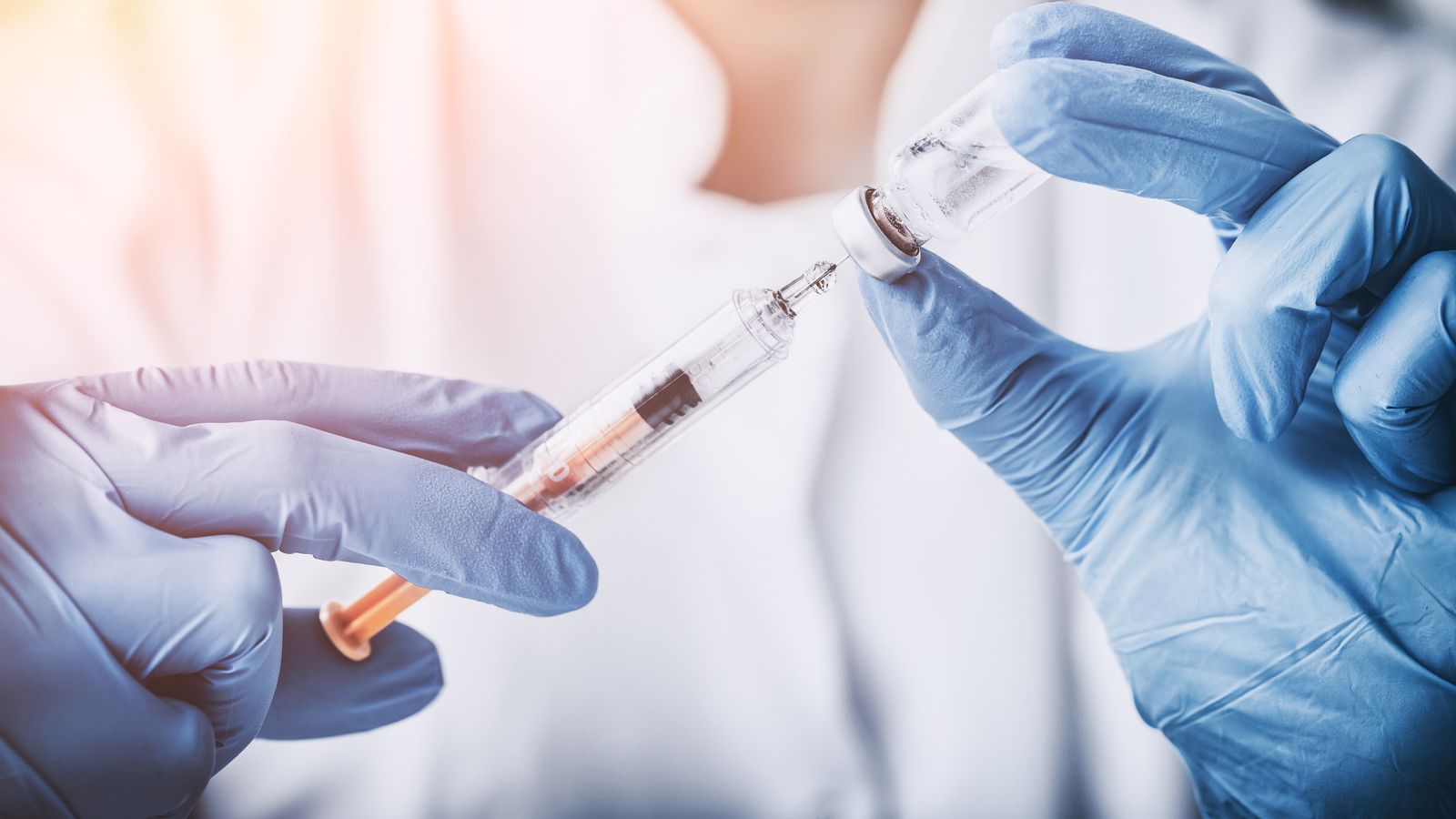Scientists are developing a vaccine that can simultaneously kill and prevent brain cancer by repurposing living tumour cells.
The prospect of a vaccine for cancer has become one of the legacies of the COVID pandemic, with companies which developed those jabs having pivoted towards one of humanity’s biggest killers.
US biotech giant Moderna is working on treatments with the same mRNA technology used in its coronavirus jab, while developers at German firm BioNTech believe such vaccines could be available within a decade.
Personalised vaccines made from individual patients’ own DNA, thanks to similar methods that produced the AstraZeneca COVID jab, have also produced “really hopeful” early results.
But scientists at Harvard Medical School in Boston, Massachusetts, have taken a different approach to their brain cancer vaccine by attempting to turn the tumour cells themselves into anti-cancer agents.
“Our team has pursued a simple idea: to take cancer cells and transform them into cancer killers and vaccines,” explained study author Khalid Shah.
“Using gene engineering, we are repurposing cancer cells to develop a therapeutic that kills tumour cells, and stimulates the immune system, to both destroy primary tumours and prevent cancer.”
Urine test for liver cancer a step closer after Glasgow scientists’ discovery
UK’s cancer death rate has fallen 16% in last 20 years
Crisis in NHS cancer care needs same focus as search for COVID vaccine, experts warn
How does it work?
The appeal of using living tumour cells is that – a bit like pigeons returning to roost – they will travel long distances across the brain to return to the site of their fellow tumour cells.
It means that by engineering the living cells to release a tumour-killing agent, they can destroy the others.
The engineered tumour cells were also designed to make them easy for the immune system to spot and remember, allowing it to better fight back against cancer in future.
These engineered cells were made using a gene editing tool called CRISPR-Cas9, which has been used before to successfully alter pieces of defective DNA in human embryos to prevent inherited diseases.
The edited tumour cells were tested in an advanced mouse model of the deadly brain cancer glioblastoma, and showcased promising results.
The peer-reviewed study has been published in the Science Translational Medicine journal.











